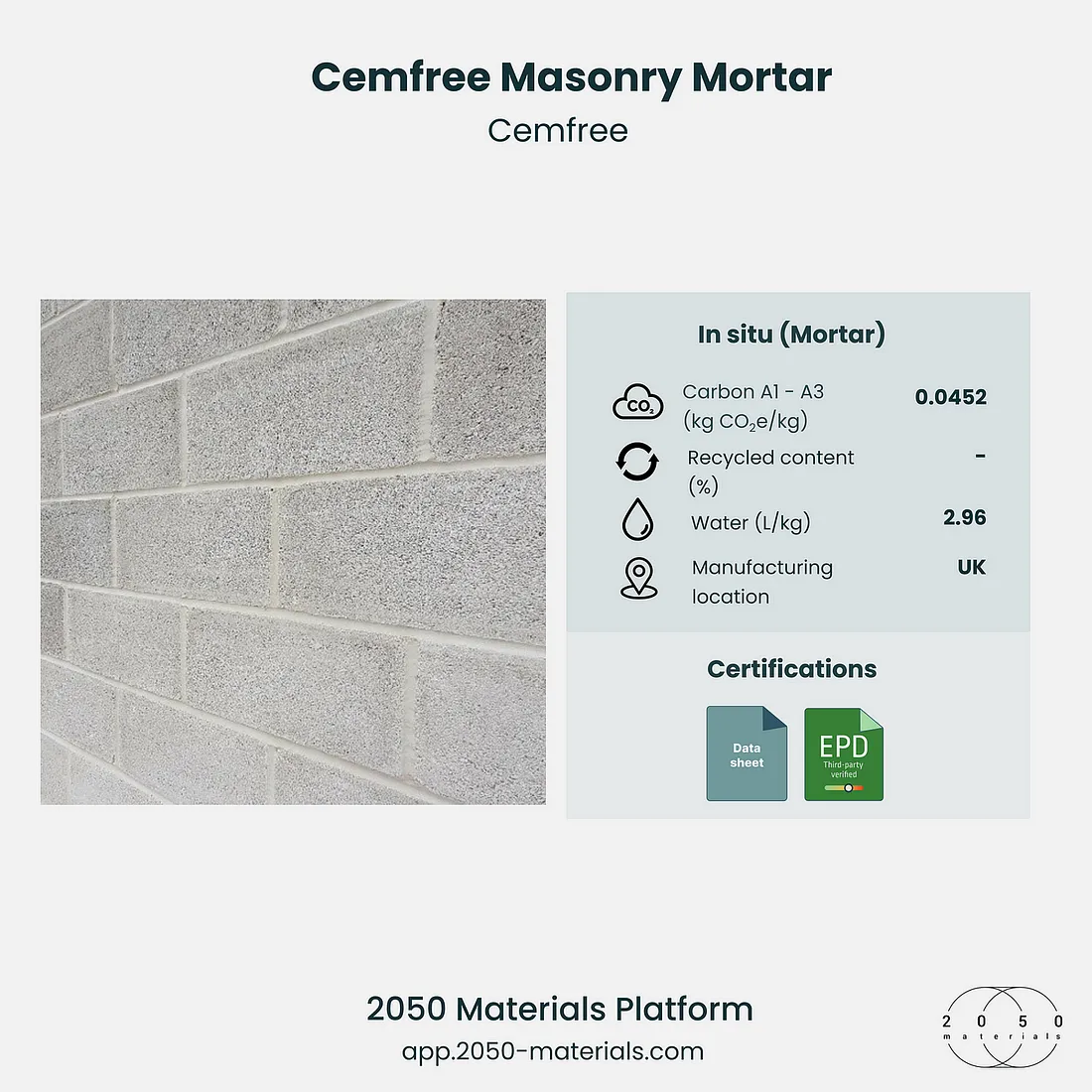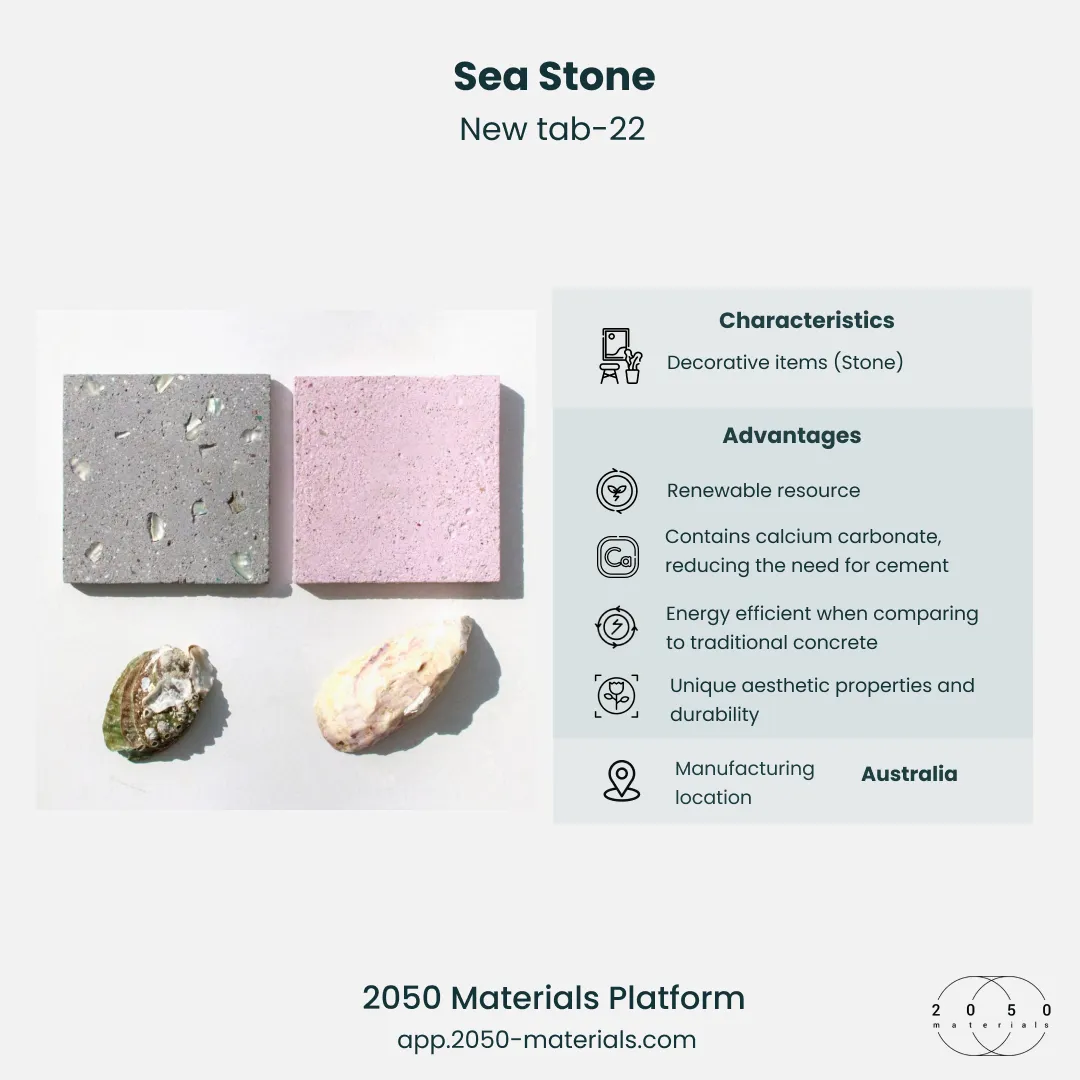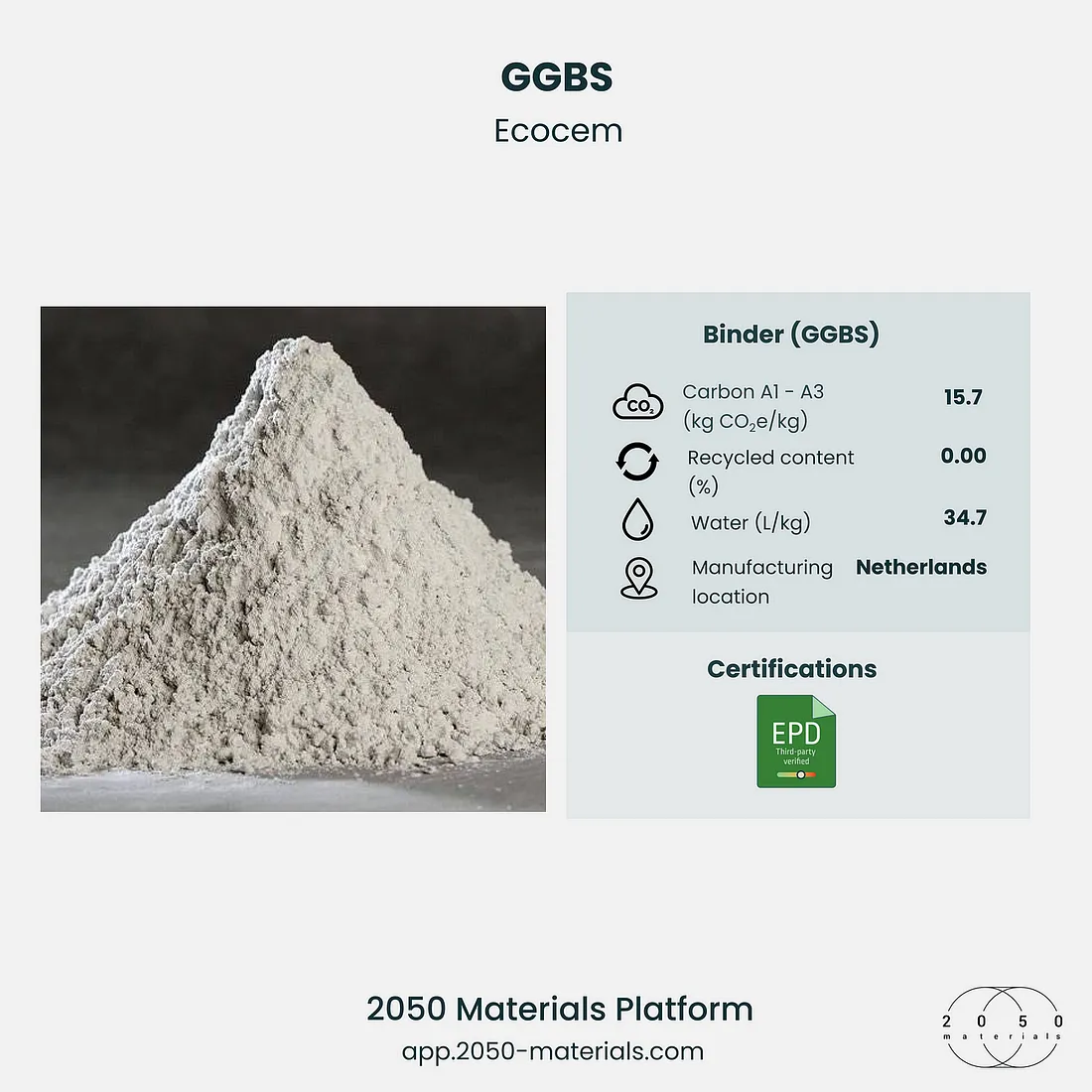Timbercrete is an innovative building material composed of sawdust, cement, sand, binders, and a non-toxic deflocculating additive. This unique blend results in a material approximately 2.5 times lighter than traditional concrete. One of Timbercrete’s standout features is its ability to be screwed or nailed, much like wood, making it versatile and easy to work with.
Sustainability Performance
Timbercrete offers several significant environmental benefits:
- Carbon Sequestration: The inclusion of sawdust, a waste product from timber processing, enables Timbercrete to sequester carbon, thereby reducing the overall carbon footprint of construction projects.
- Insulation Properties: Similar to hempcrete, Timbercrete provides superior insulation compared to standard concrete, enhancing energy efficiency in buildings.
- Lightweight Nature: Its reduced weight translates to lower transportation emissions and easier handling on construction sites.
Practical Applications and Limitations
While Timbercrete excels in sustainability and ease of use, it is not naturally waterproof and requires proper sealing when used in external applications. This limitation necessitates careful consideration in design and construction to ensure long-term durability.
For more information on Timbercrete, visit the Timbercrete Cobblestone Series on 2050 Materials.








